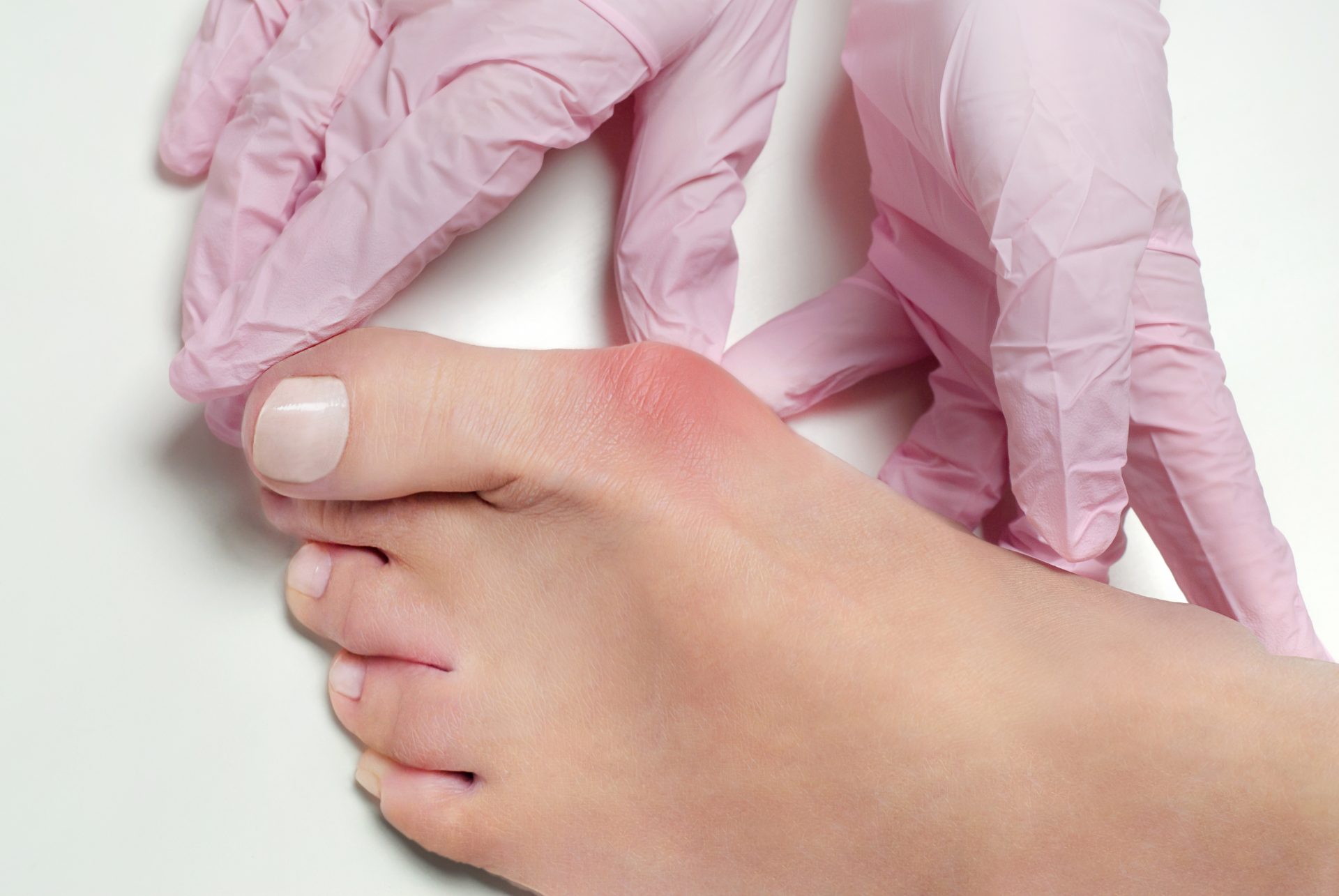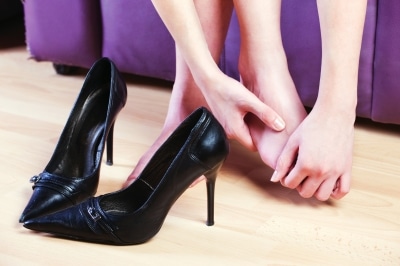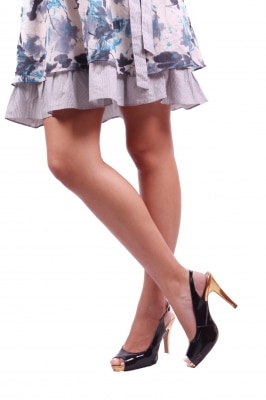Why it is not high-heels that cause bunions
Bunions is a term that denotes an abnormality of the forefoot shape. The great (big) toe moves towards the little toe; the big-toe joint moves away from the little toe, or towards the other foot. This results in the great toe joint pushing into a shoe on the inside part of the foot; in addition, the joint itself becomes misshapen and there can be damage to the cartilage (lining of the joint). They are not always painful, but in many cases they are.
High-heel shoes tend to be smaller in the forefoot area, or even pointed; these types of shoes simply press more on the bunion and can cause pain. However, it is unlikely that the shoe caused the bunion. Rather, evidence e is mounting that bunions are a genetic problem that become painful over time; high-heel shoes simply cause one to notice the bunion sooner.

Bunions exist all over the world. Populations that do not wear shoes have been studied and it is thought that they have less bunions. Most authors of these historic studies have blamed shoes as the source of bunions in the shod population. However, as only certain unshod groups and tribes have been looked at, the lack of bunions could also be due to that populations genetic makeup; that is, it is not necessarily the fact that they don’t wear shoes. This is a correlation, not a fact about causation. A similar false correlation would be to say that gray hair causes back pain; it is true that older individuals tend to have back pain, but their grey hair does not cause the pain. Indeed, bunions have been found in unshod populations around the world.
Other studies have found at least a 63% positive family history for the presence of bunions; my own experience would place the familial presence of bunions at nearly 100%. It is usually one’s parents that have it, but occasionally it is one’s grandparents. It is important to remember that populations that wear shoes may have one set of genes, while those that do not have a different set of genes. A very large study of people in the Midwestern United States has shown that bunions are ‘highly heritable’ (Framingham Foot Study).
What high-heels do is simply push on a bunion that was already there; this in turn hurts. Because the shoes hurt, the shoe-wearer is more likely to notice (or care about) her bunion than one that is not in high-heels. In other words, if a woman with a bunion wore only flip-flops she would probably never have pain from a bunion.

If the same woman had to wear high-heels to work, she would eventually notice and have pain from her bunions. It is logical then to say that women suffer from bunion pain more than men do because they are more likely to wear shoes that exacerbate the bunion pain. It does not follow to say that the high-heels caused the bunion.
What high-heels may do is accelerate the progression of a bunion due to the effect of the shoe on the tendons and ligaments. However, there are a variety of braces and techniques that can be used at night to stretch the forefoot and counteract this high-heel effect.





